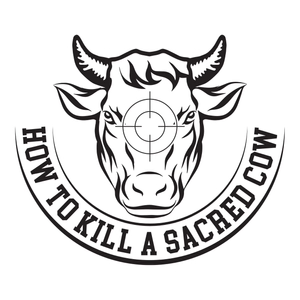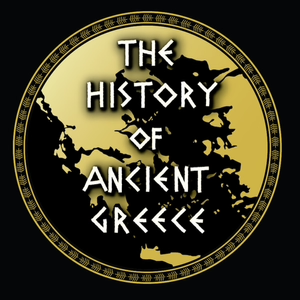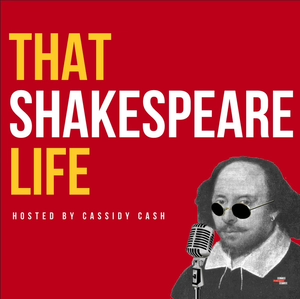
Ep 147: 16th C Men's Shaving with Alun Withey
02/08/21 • 20 min
Hosted on Acast. See acast.com/privacy for more information.
Hosted on Acast. See acast.com/privacy for more information.
Previous Episode
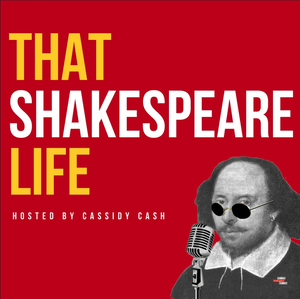
Ep 146: Early Modern Tattoos with Matt Lodder
When telling about the Battle of Hastings, William Malmesbury wrote a description of the English ancestors, the Anglo Saxons, as having “arms covered with golden bracelets, tattooed with coloured patterns.” The trend of tattooing oneself with coloured patterns seems to have fallen to the wayside by the time William Shakespeare was writing about skin used as parchment in Comedy of Errors, because tattoos were far from the everyday normative for your average English citizen in the 16th century. Despite the ancient history of tattoo art on the European continent, for most of the people in Shakespeare’s lifetime, tattoos arrived as a new and noteworthy cultural event when they saw them first as international explorers returned from their oceanic voyages, bringing with them natives who were adorned with ink tattoos. British pilgrims to the Holy Lands in the 17th century would often be tattooed with the Jerusalem Cross as a souvenir from their travels. One famous Britain who had this kind of tattoo done was William Lithgow, who returned to England in 1612, causing quite a cultural splash with his new artwork.Here today to help us explore the place, and reality of tattoos in England during Shakespeare’s lifetime including what kind of tattoos might have been present, from where, and why is our guest, Matt Lodder
Get bonus content on PatreonHosted on Acast. See acast.com/privacy for more information.
Next Episode
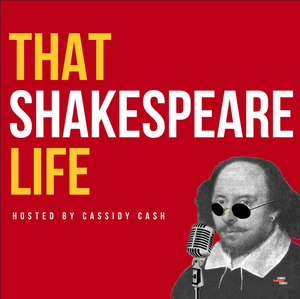
Ep 148: Robert Greene with Darren Freebury Jones
The most memorable illustration of Robert Greene shows him dressed as an ear of corn, sitting at a desk, penning Groatsworth of Wit, his famous deathbed insult that calls William Shakespeare an “upstart crow.” That upstart crow may have gone on to eclipse Robert Greene’s fame in posterity, but for the moment in which those lines were written about the bard, Robert Greene was not only well established as a playwright in early modern England but held a arguably higher reputation in the playwriting industry than Shakespeare himself. Here to help us peel back the layers of history and explore the life, works, myth, and legend of Robert Greene is our guest, Darren Freebury Jones. Get bonus content on Patreon
Hosted on Acast. See acast.com/privacy for more information.
If you like this episode you’ll love
Episode Comments
Generate a badge
Get a badge for your website that links back to this episode
<a href="https://goodpods.com/podcasts/that-shakespeare-life-181592/ep-147-16th-c-mens-shaving-with-alun-withey-16004265"> <img src="https://storage.googleapis.com/goodpods-images-bucket/badges/generic-badge-1.svg" alt="listen to ep 147: 16th c men's shaving with alun withey on goodpods" style="width: 225px" /> </a>
Copy
